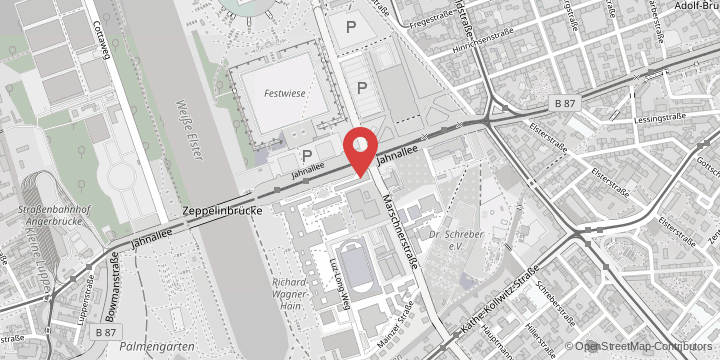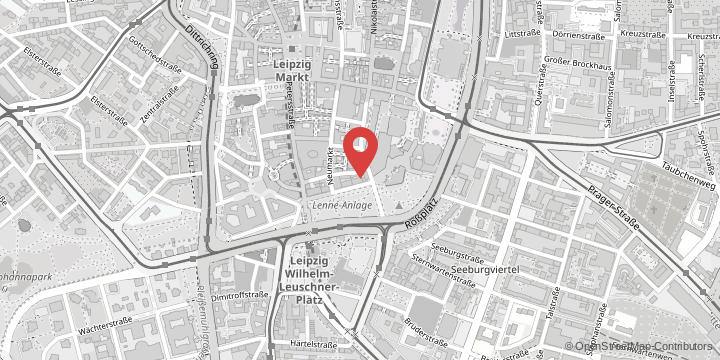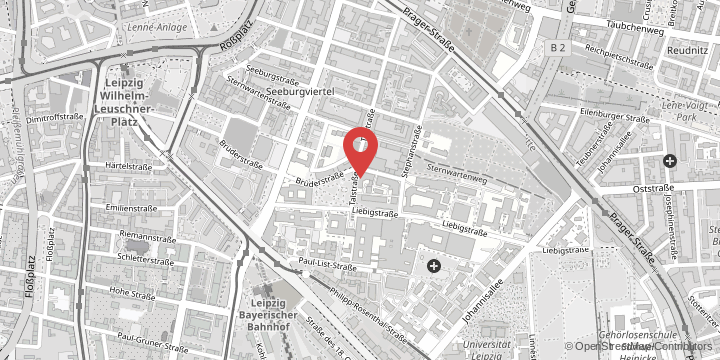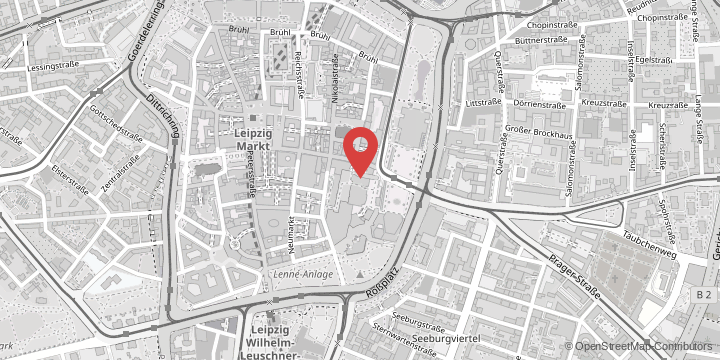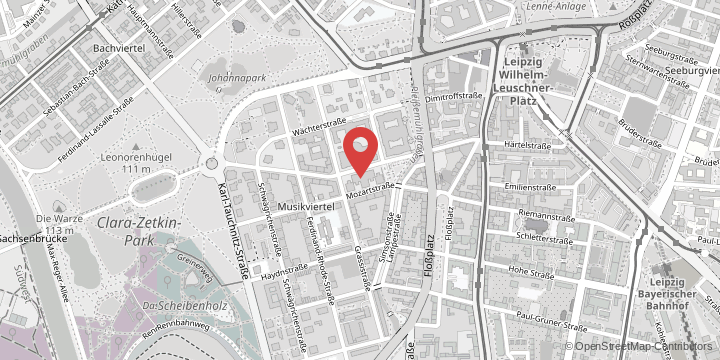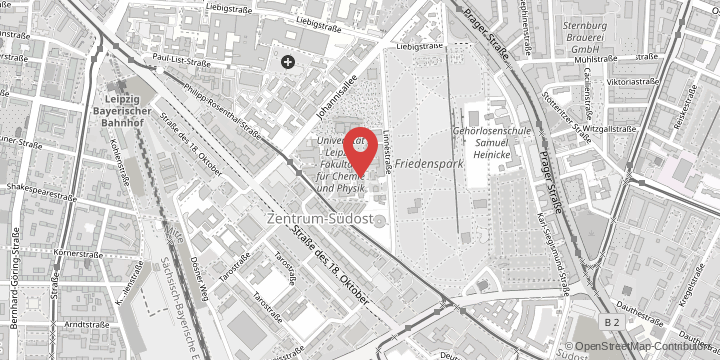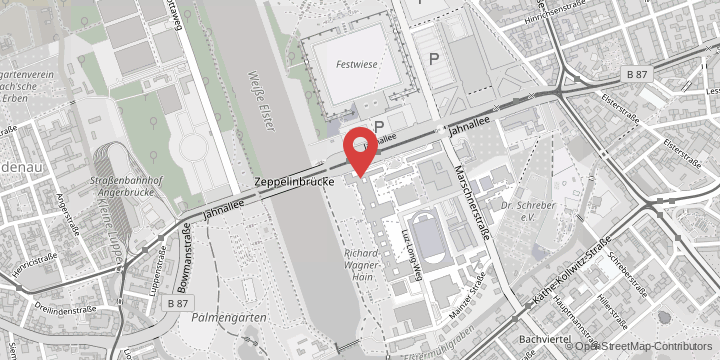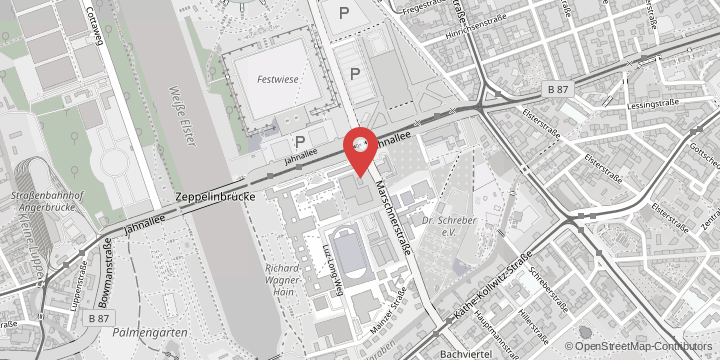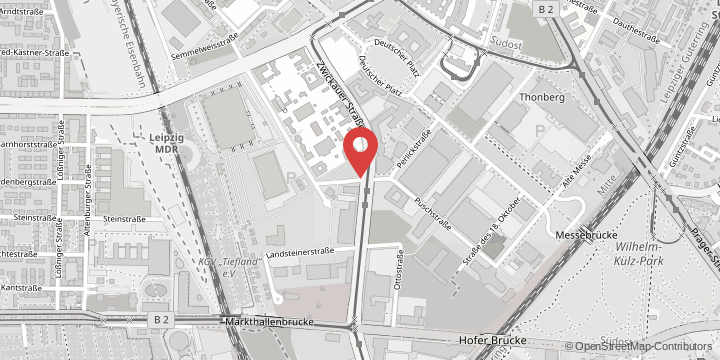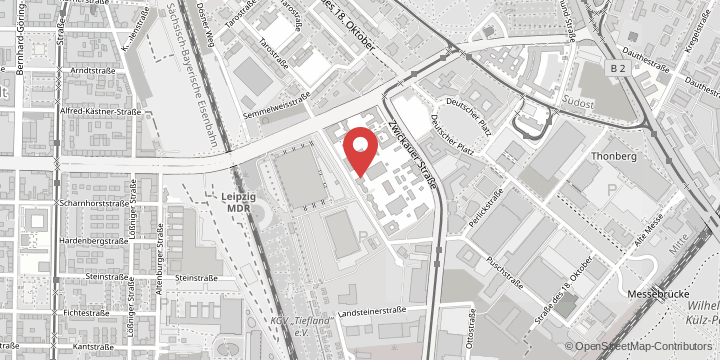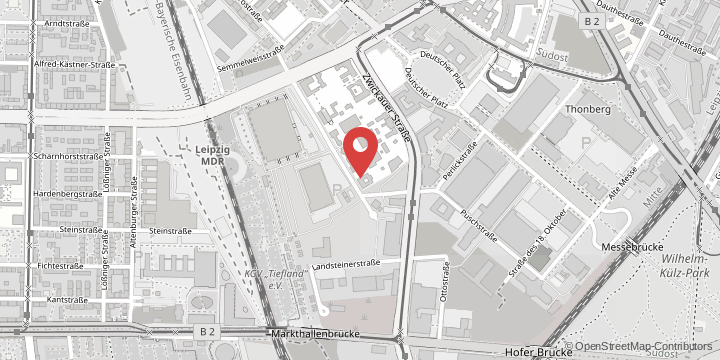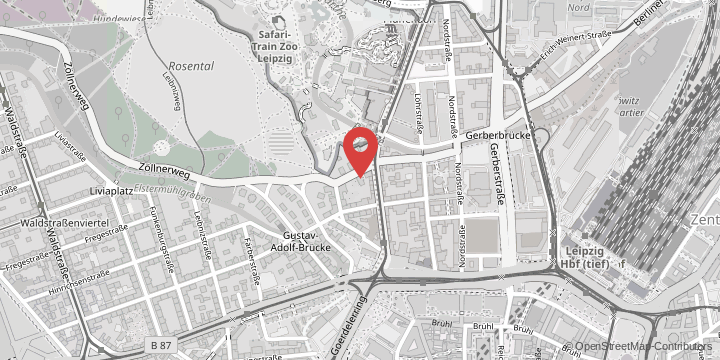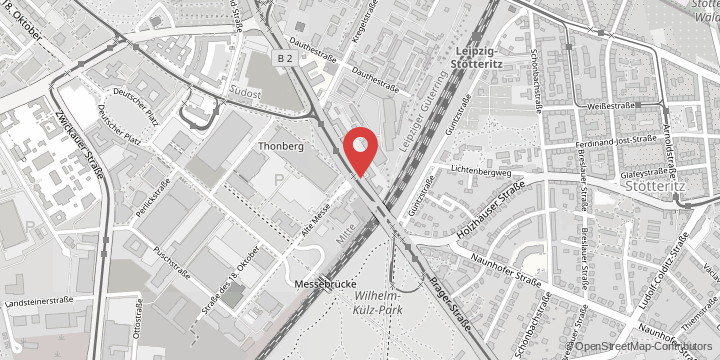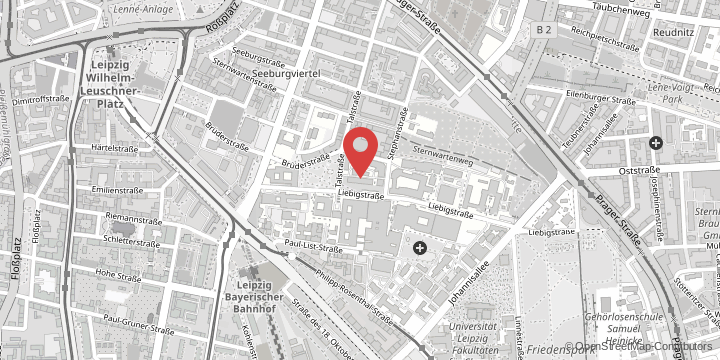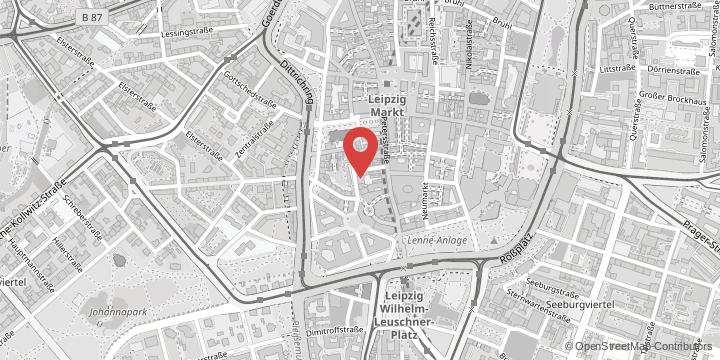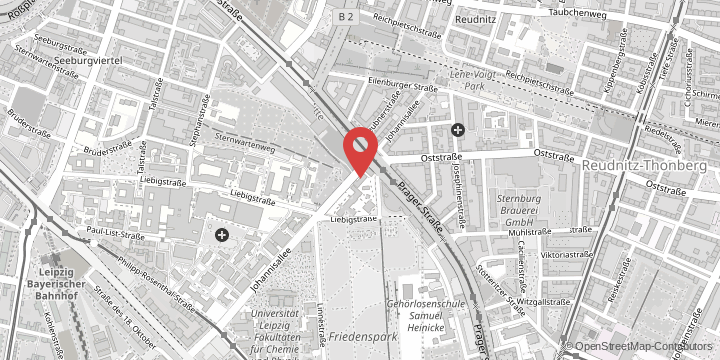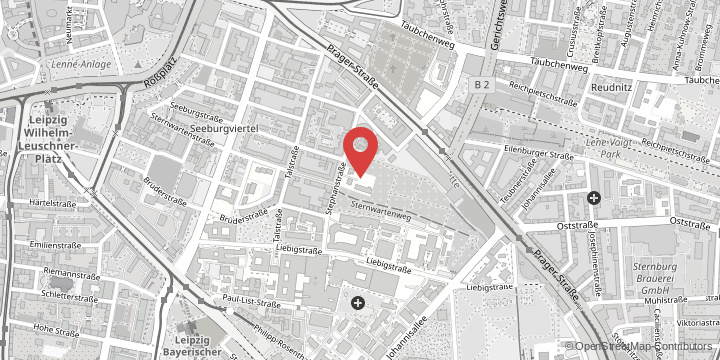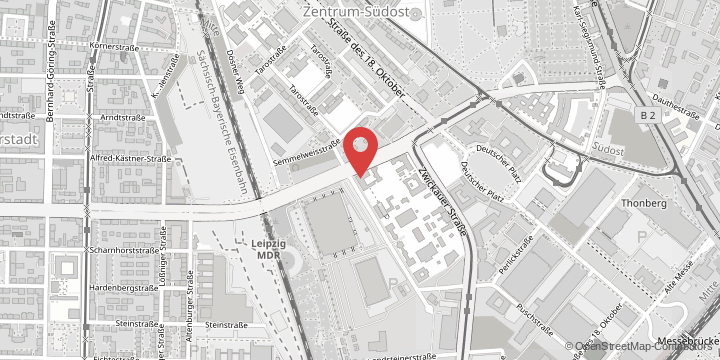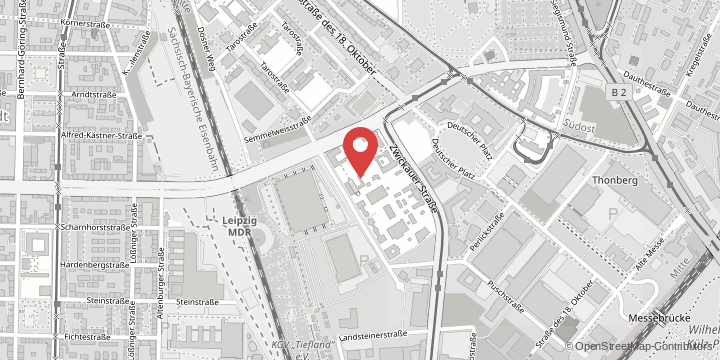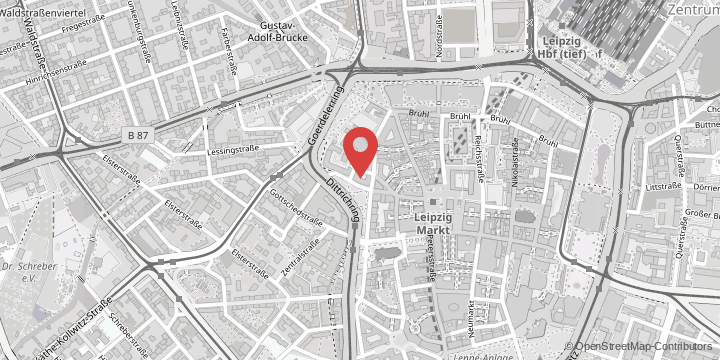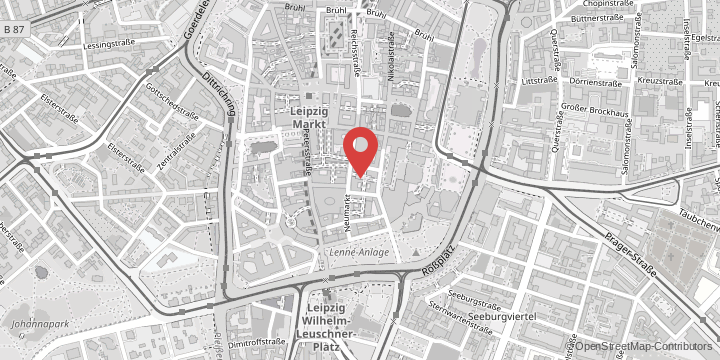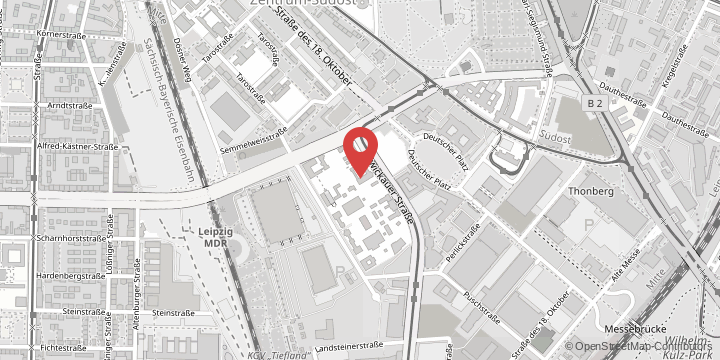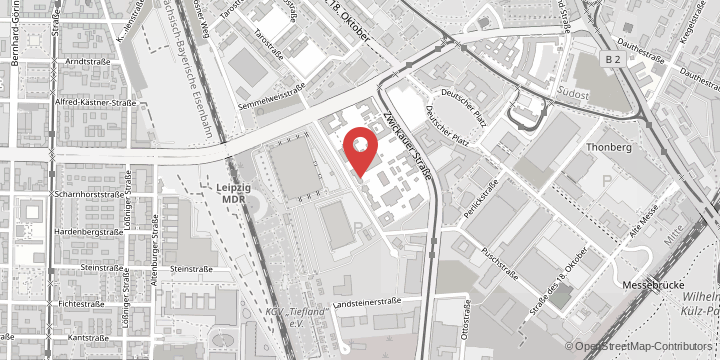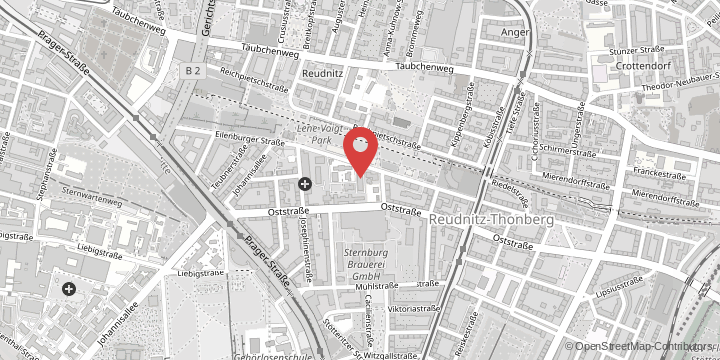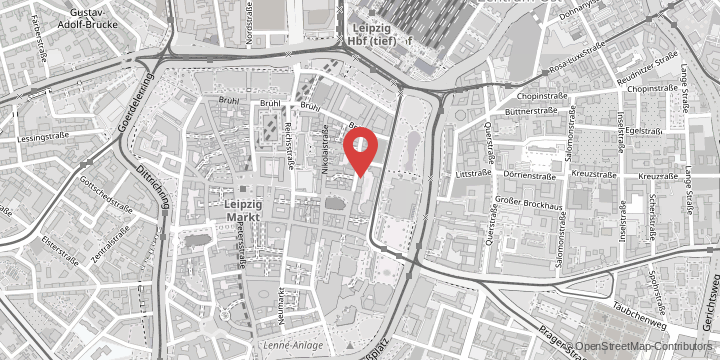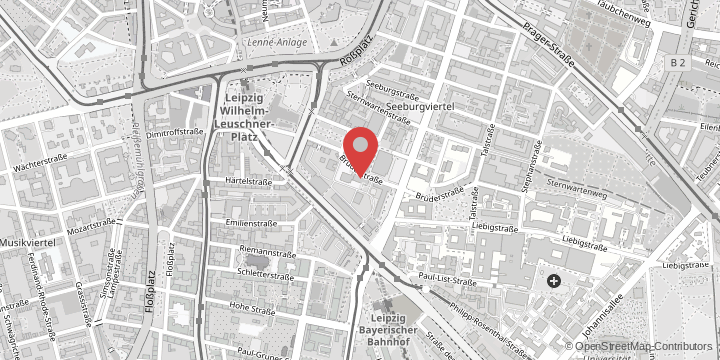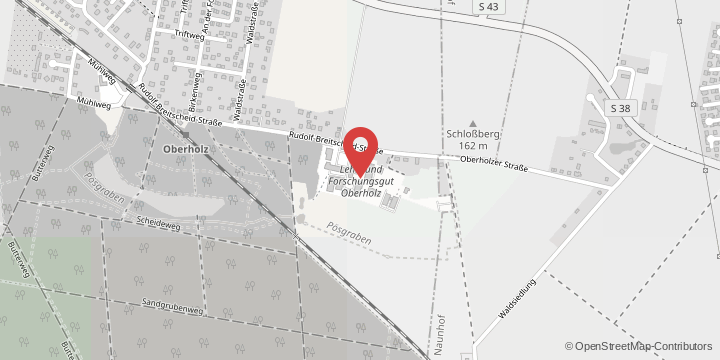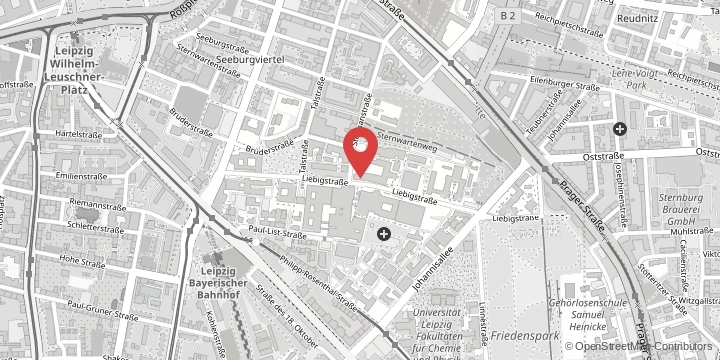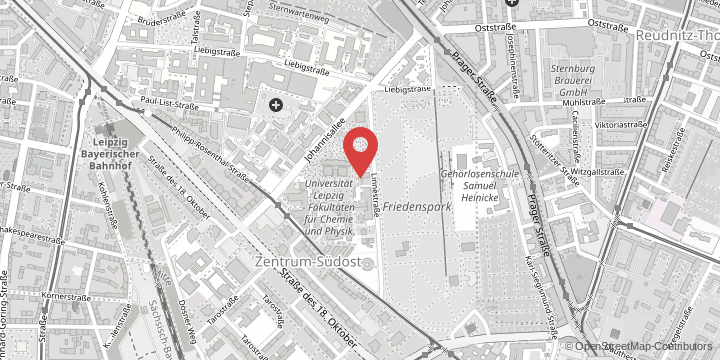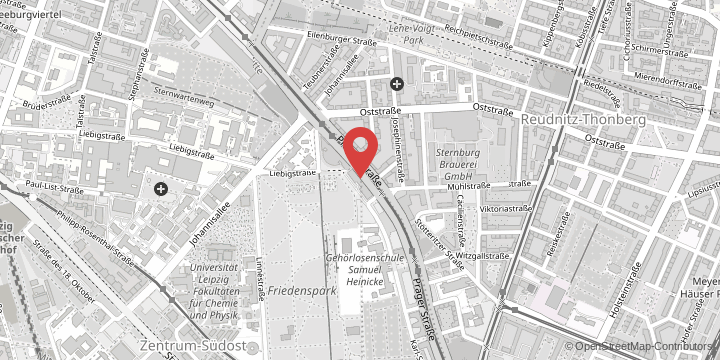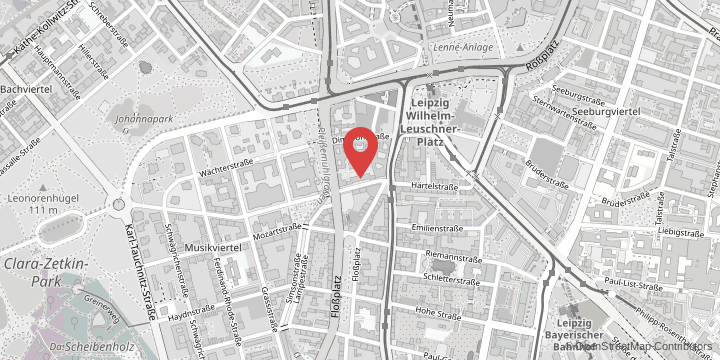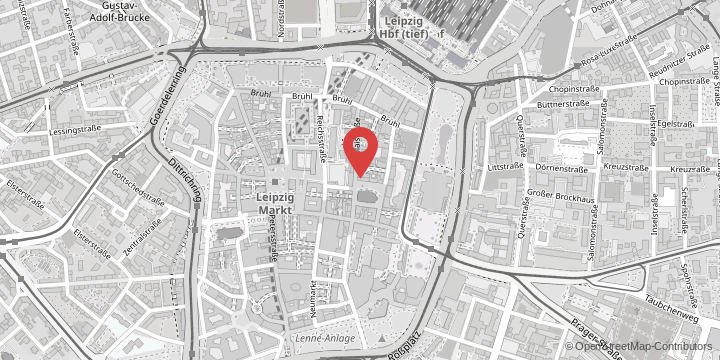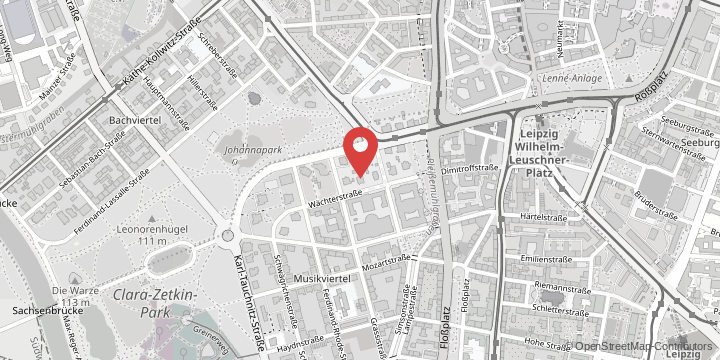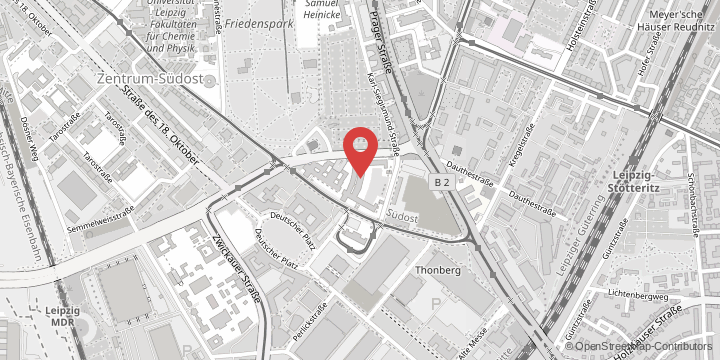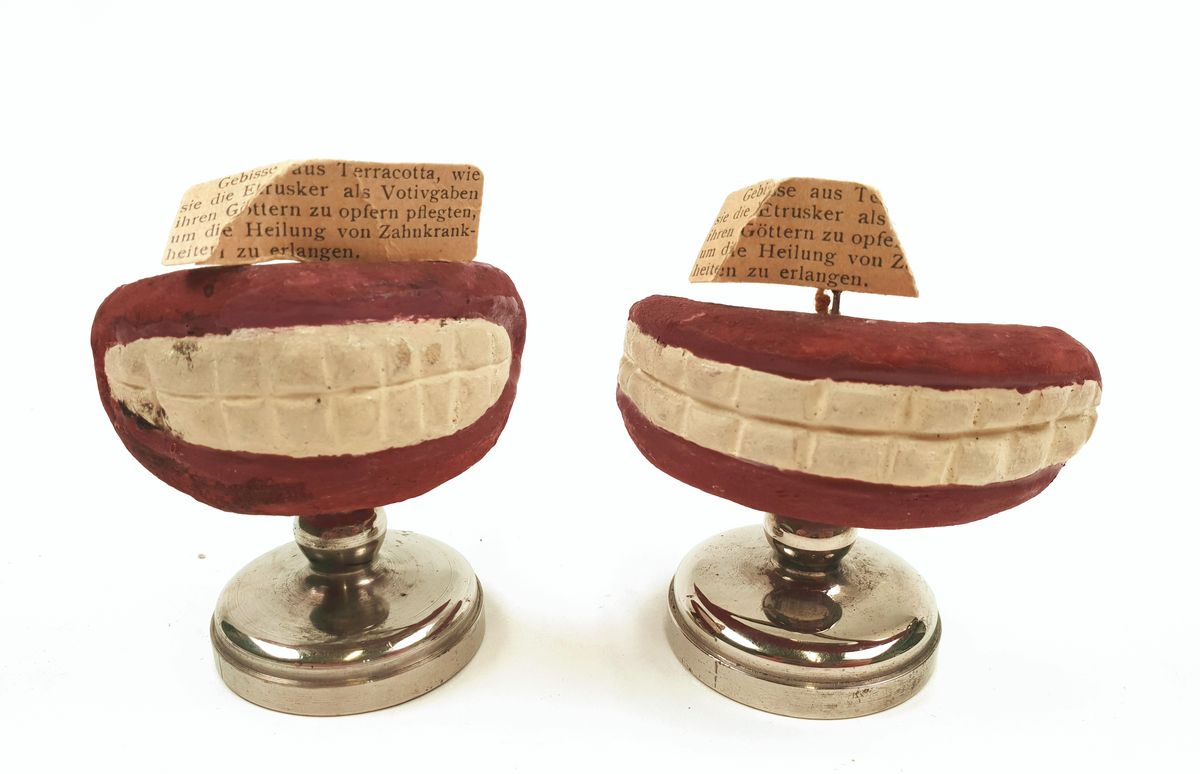In addition to its own collection of medical history objects, the Karl Sudhoff Institute at the Faculty of Medicine is in charge of three further medical collections: the historical collection of the University Hospital’s Gynaecology Clinic and the legal medicine collections of Leipzig University and the Friedrich Schiller University Jena.
The Medical History Collection at the Karl Sudhoff Institute was established in 1905 by Professor Karl Sudhoff (1853–1938). Since then, the collection has been continuously expanded through acquisitions, donations and bequests. Most of the objects date from the final decades of the 19th and the first half of the 20th century. A few of them can even be traced back to the 16th century. These older instruments are mainly objects from the field of wound surgery: tools used for amputations, trepanning, cupping and bloodletting, seton needles and cautery irons.
Historical collection of the Gynaecology Clinic
In the summer of 2015, the Karl Sudhoff Institute merged two collections that had been separated for almost a decade: the forceps and specimen collections of the Gynaecology Clinic. The collection was probably established in the first half of the 19th century, steadily growing until the end of the GDR.
Legal Medicine Collection
The Legal Medicine Collection was established in 1900 by the then Institut für Gerichtliche Medizin under the direction of Richard Kockel (1865–1934) and continued until German reunification. The advent of new media, ranging from colour photography to computer applications, meant that the collection lost its original use. The Karl Sudhoff Institute took charge of the collection in 2013 and is currently reorganising it.
In addition, in 2017 the institute acquired the legal medicine collection of the Friedrich Schiller University Jena. The collection dates back to the beginning of the 20th century and was added to until the 1980s. The Jena legal medicine collection is also currently being evaluated.
The objects and specimens maintained by the institute are used in teaching and are also available for scientific research. On request, pieces can be loaned for exhibitions. The collections themselves are not open to the public. For more information, please visit the institute website.


